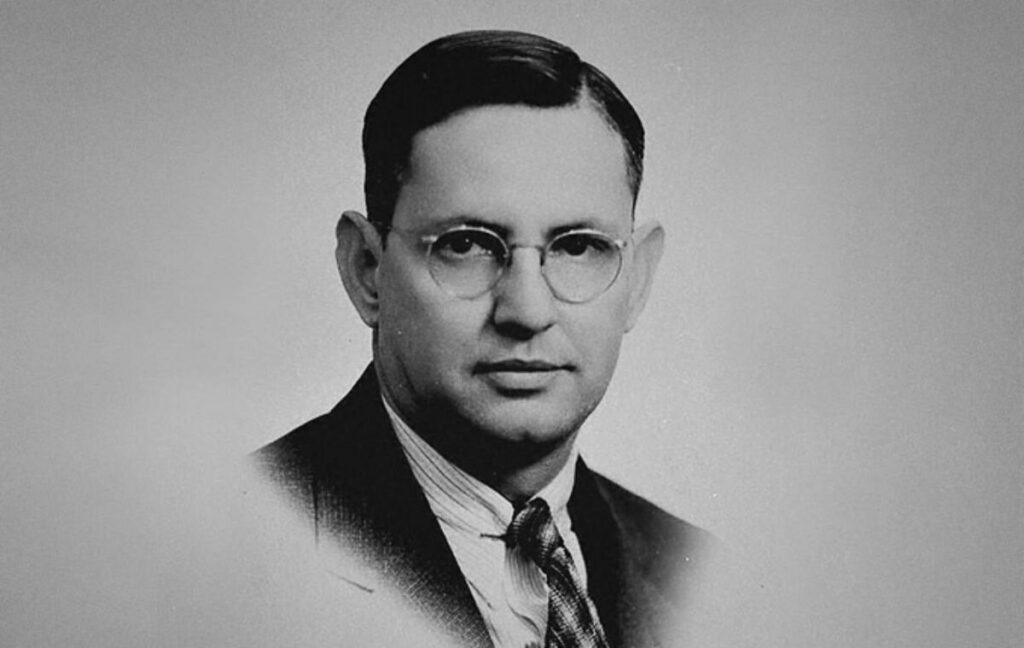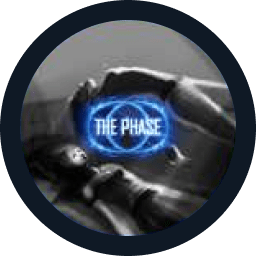Lucid Dreaming Mask — Practice Effectively
Lucid Dreaming App — Dream Journal, Dream Tracker & Lucid Dreaming Community

History provides many outstanding names, and Carlos Castaneda has firmly taken his place among them. His personality is full of mysteries, and his philosophy and worldview are multifaceted. The books he wrote, such as “The Art of Dreaming,” blend anthropology, philosophy, and mysticism and show that a person can control themselves in a dream and make it lucid. After all, the roots of this phenomenon go back to the deep past and the unexplored human subconscious. However, Castaneda made a significant contribution to its study and described this process in detail from the perspective of modern culture. However, many do not understand what “lucid dreaming” means as it is described in his works.
How did he lift the veil over the mysteries of dreaming? Let’s figure it out by paying attention to his concept of the “gates of dreaming.” These represent the steps one can go through to achieve greater control over the world of dreams. Let’s now move on to Carlos Castaneda’s material on lucid dreaming.
The First Gate of Dreaming
According to Castaneda, lucid dreams are not simple, random images that appear in people’s minds. For him, dreams represent a real, physically tangible world that exists in a parallel reality, and to get into this reality, a person needs to get through the so-called “gates.” These gates are positioned in a certain sequence such that a person moves from one to the next. In his book “The Art of Dreaming,” Carlos Castaneda explains that the first gate gives a person the ability to become aware of themselves in a dream. This is the first step in the practice of lucid dreaming.
To enter these gates, one must learn to recognize dreams as something separate from ordinary reality. It is important to understand that you are not just an observer of your dreams but an active participant in them. Castaneda advises performing special practices so that you can “awaken” in your dreams. For example, he recommends regularly asking yourself questions throughout the day, such as “Is this a dream?” Over time, you will find yourself making these reality checks in your dreams, allowing you to “switch on” to a conscious perception of the dream world.
The Second Gate of Dreaming
Carlos Castaneda considered lucid dreaming a kind of transition. When a person reaches the first gate, they open a new level of awareness, but this is not enough to fully master the world of dreams. The second step is the gate through which consciousness expands. At this level, the dreamer enhances their skills. Here, not only do they realize that they are sleeping, but they also understand that their dreams obey them. They are the main dominant force at whose will events occur.
But awareness alone is not enough, and practice is very important. The person needs to be able to change the images of dreams, meaning they must learn to interfere with and control the course of events. A person who has passed through the second gate gains new abilities that are not present in the first stage, including the abilities to create new worlds, control time and space, and observe images from other dimensions.
The difference is easy to notice. At the first level, the person was just an observer; at the second level, they have acquired more advanced skills and lucid dreaming turns into a real journey.
The Third Gate of Dreaming
The third gate opens even deeper secrets for the practitioner. Here, the person realizes an important detail—namely, that the world of dreams is not static. It is deeper and more extensive than they thought. It is like reality — dynamic, changing, and alive. Of course, not every person can reach such a level, and anyone who does will have a long path of self-knowledge and learning ahead of them. The first task is to rid oneself of one’s attachment to real life. Moreover, if one has any fears, they should be overcome, as internal barriers serve as significant obstacles preventing passage to the third gate.
Castaneda described the transition through the third gate as a breakthrough that goes beyond personal boundaries and limitations and that requires great self-preparation. The person needs to move from the role of observer and creator to a more advanced version of themselves, which means they will have to learn to penetrate another reality and comprehend its laws. This is difficult to achieve — after all, we are talking about the subconscious, which is quite difficult to control. Nevertheless, achieving the third level allows you to go beyond habitual dreams and explore the energy fields and spiritual entities that inhabit the world of dreams.
The Fourth Gate of Dreaming
Passing through the fourth gate of dreaming means no longer just experiencing and controlling the world of dreams. At this level, the person will meet forces that control everything. Reaching this gate brings the realization that both worlds (the world of reality and the world of dreams) are interconnected.
A question arises — how can you achieve such a state? It should be noted right away that it is very difficult. You will have to learn to separate yourself from your identity in the real world and realize and accept that you are a single whole living in two worlds.
This is a very deep transformation that requires a lot of preparation and work on your consciousness and self-perception. Castaneda called this stage “the state of uncertainty.” Here, the person can recreate their reality — the one hidden in the depths of the subconscious. This new reality should be free from the burdens of everyday life, so it’s important not to cling to familiar images and forms.
The Fifth Gate of Dreaming
The fifth level is a higher stage. When a person passes through these gates, they enter the “unknown.” Here, more subtle matrices work, and the level of perception rises. The person realizes that they can penetrate other worlds and freely move between parallel realities. Their dreams acquire multidimensionality and become as complete as possible. The plots include unexplored images that can only be perceived and understood spiritually.
To reach this level, the practitioner needs to possess a high level of mastery. It’s important for them to discard their fear of the unknown, as they will have to see a part of themselves that was hidden until now. Castaneda said that these gates open the opportunity for a person to merge completely with the surrounding world and see themselves in the role of another being.
The Sixth Gate of Dreaming
The sixth gate leads to a world where the boundary between reality and dreams is practically absent. Passing through this gate brings the realization that the mind is the source of the present, at which point the line dividing the real world and the dream world disappears.
At this stage, the person moves from simply observing and controlling the world of dreams to merging with it, and they become part of the process of creating another reality. At this moment, the true nature of their consciousness is revealed as something whole and individual. Upon reaching this understanding, the person gains complete freedom as they free themselves from the limitations of time, space, and form.
The Seventh Gate of Dreaming
The seventh gate represents the end of the journey through dreams. But even here, not everything is simple. In the end, the person understands the essence of being, and they realize that all their experiences in dreams are real and constitute their identity and inner essence.
The seventh gate opens the door to hidden knowledge of the universe. It’s as if the person is shedding heavy shackles and they no longer need words to understand as their consciousness rises to a level where understanding occurs through perception. Here, a close connection with the universe is revealed as the practitioner overcomes any limitations in their way. Dreams become not just a state but a full-fledged reality — a spacious and boundless world where they can create and change not only themselves but everything around them.
Conclusion
Carlos Castaneda was a great man, scientist, and mystic who explored the boundaries of human perception and openly shared his experiences with others. His works on dreaming have allowed countless people to find an unexplored world where consciousness is not limited by time or space. The process of mastering lucid dreaming, as described by Castaneda, is a path toward deep self-knowledge and interactions with higher powers.
As a person passes through each of the “gates of dreaming,” they overcome internal shackles and prejudices, and each transition is another step toward personal transformation. Therefore, anyone who decides to follow the mystic’s instructions can pass through new levels of consciousness. A whole universe lies beyond our ordinary dreams, and we can explore it if we just learn to look deep into our consciousness and open the doors to it.
Questions and Answers
Recommended reading
Top 5 Best Books on Lucid Dreaming
Robert Monroe and Lucid Dreaming
Lucid Dreaming Book by Stephen LaBerge
Lucid Dreaming Journal and Diary







